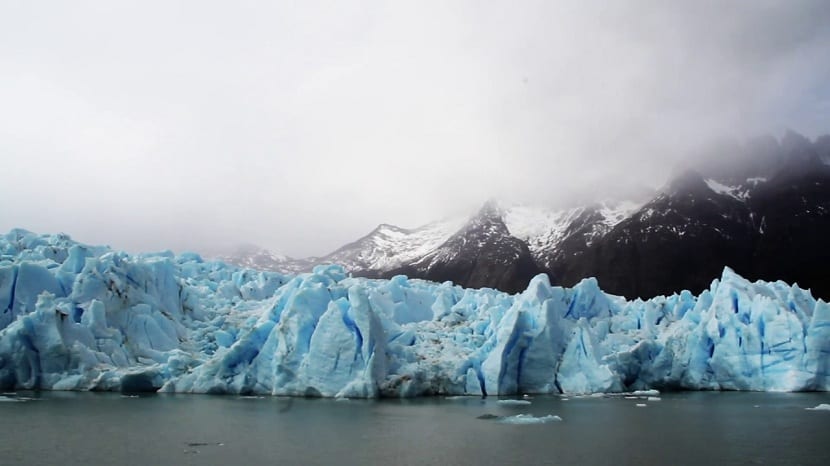
In other articles we have talked about layers of the atmosphere, ready sphere, biosphere and its relationship with structure of the Earth. In this case we are going to talk about another area of our planet called by scientists as cryosphere. The cryosphere refers to all the frozen places on Earth where there is only water in the form of solid ice or snow. The name comes from the Greek word "kryos" which means cold. It could be said that the cryosphere is the part of the hydrosphere where the waters remain frozen due to low temperatures.
Would you like to know everything about the cryosphere and the importance it has for our planet and the development of life? You just have to keep reading 🙂
Places where the cryosphere is
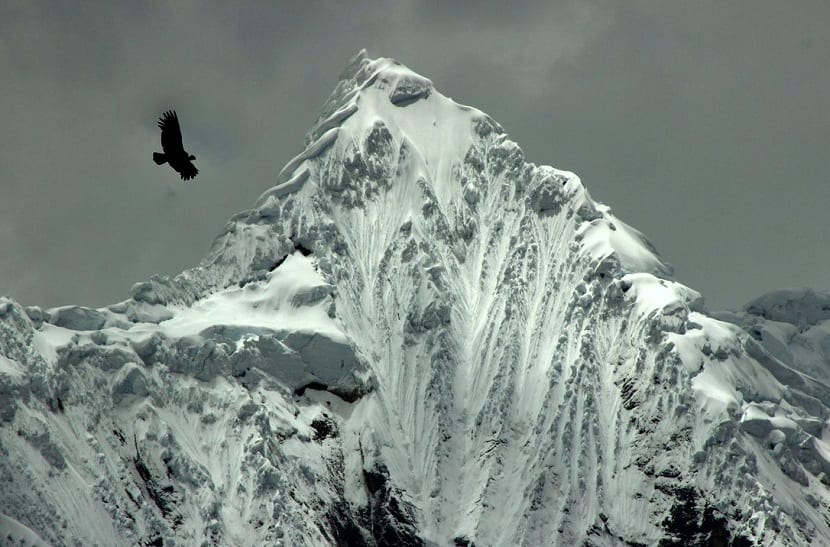
The coldest regions of our planet they greatly influence the climate of the world. In addition, it constitutes the habitat of plants, animals and people that have adapted to the temperatures and environmental conditions over time. This frozen zone expands in extension during the winter months in both hemispheres. The seasonal cryosphere areas are those where snow falls and the ground, rivers and lakes become frozen.
In fullness it exists only at the poles. However, perpetual snow and ice are found elsewhere on Earth as well. Beginning with the Arctic, at the North Pole there is a large perpetual ice mass known as the Arctic Ocean. This is where the sea ice grows and expands during the winter. On the contrary, during the summer season, due to the high temperatures, this area contracts and the ice is less extensive.
On the other hand we have Antarctica. Located at the South Pole of the Earth, it is the frozen continent par excellence. It is not just a large mass of ice, but it also has a continental shelf. They also have areas of floating ice and are spread out over the ocean. Icebergs form in these places.
Between the Earth's poles there is also a cryosphere. They are high altitude places where ice and snow remain throughout the year. Examples of this are the snow of the Mount Kilimanjaro in Africa, ice in the mountains of the United States, northern Canada, China and Russia.
Components and parts of the cryosphere
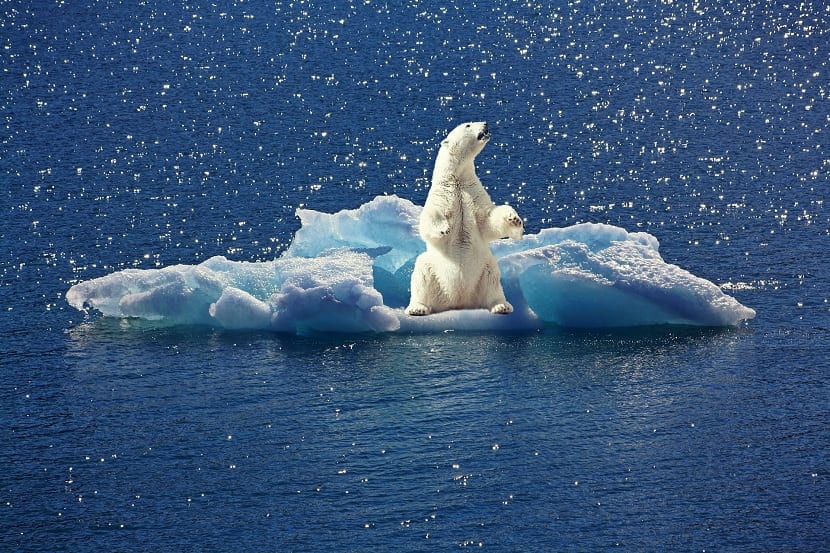
Snow and ice are the key components in these ecosystems. It can be sea ice, glaciers, ice shelves, frozen ground (permafrost), and icebergs. The snow It is precipitation in the form of ice crystals that falls to the ground when temperatures are low and humidity levels are high. They combine to form this type of precipitation.
Among the characteristics and importance of snow we find:
It can be found all over the world, even near the Equator at high altitudes.
- It reflects sunlight and affects the climate of our planet.
- Provides a habitat for numerous animals and plants.
- It supplies water for people, plants and animals around the world.
- In general, it is an important climatic component.
On the other hand, ice appears when temperatures drop below freezing. It is then that liquid water turns into a solid state and creates a tightly knit mass. Ice is a key component in areas of glaciers, icebergs, and frozen ground.
The main characteristics of ice can be summarized as:
- It exists all over the world, but it is formed mainly in high latitudes, at high altitudes, or in areas where the temperature is very low.
- Ice may not be as common in oceans, lakes, and rivers if the climate is changeable and temperatures become warm. However, there are lakes and oceans where the ice becomes so thick that special ships called icebreakers are needed to navigate through them.
- Provides water for people, animals and plants.
- It allows the study of the climatic evolution of the Earth.
Sea ice and glaciers
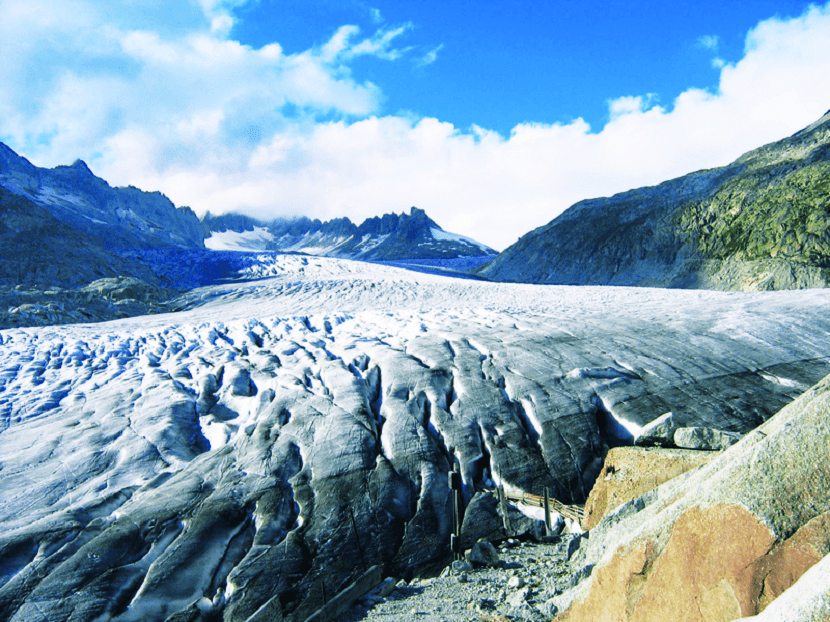
Sea ice or ice floes form when ocean water is constantly cooled by sub-zero temperatures. Most of this sea ice forms in the oceans at the poles.
Despite what is thought regarding global warming and climate change, the melting of this type of ice mass does not raise the sea level. This water is part of the ocean water itself. These ice masses are closely tied to the climate of the entire Earth. They play a fundamental role in the life and customs of the native people of the poles.
In addition, many animals need ice to survive. See the polar bear, seals, and other Arctic animals. Finally, it can be said that sea ice is essential for the study of climate change.
Traveling to the highest places on the planet, we come across other ice masses called glaciers. These glaciers are thick masses of ice that accumulate on the land from the many seasons of snow. Athough it does not seems, cover 10% of the entire earth's surface. Due to climate change, they are getting smaller and smaller.
They are also a good source of water for the populations that live near them. They store a large quantity of fresh water prepared to make it drinkable.
Icebergs and permafrost
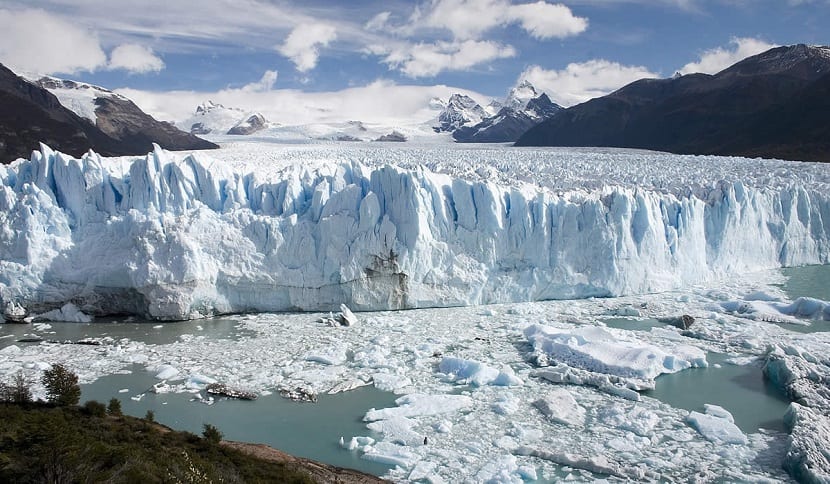
Icebergs are large pieces of ice that break off glaciers and float in the oceans. These icebergs also have great importance for the planet. Unlike sea ice, melting icebergs does raise sea levels. They provide shelter for krill, a small crustacean that is an important food source for penguins, seals, whales, and seabirds.
They also serve as a study for scientists who want to know the dynamics of the Earth and the paleoclimate.
Permafrost or frozen soil is the area of the earth that is completely frozen by solid water. Among its characteristics we find that it is an active layer that is capable of storing greenhouse gases such as carbon and methane. Scientists are studying how these gases will affect the climate as temperatures warm and permafrost melts.
I hope that with this article you can know something more about our planet and the cryosphere.
Thanks for the series, it is being very complete.
poor bear seems so sad to me everything that is happening ...